What life was like in Iran before the 1979 Islamic revolution
Israel is encouraging Iranians to rise up against their leaders
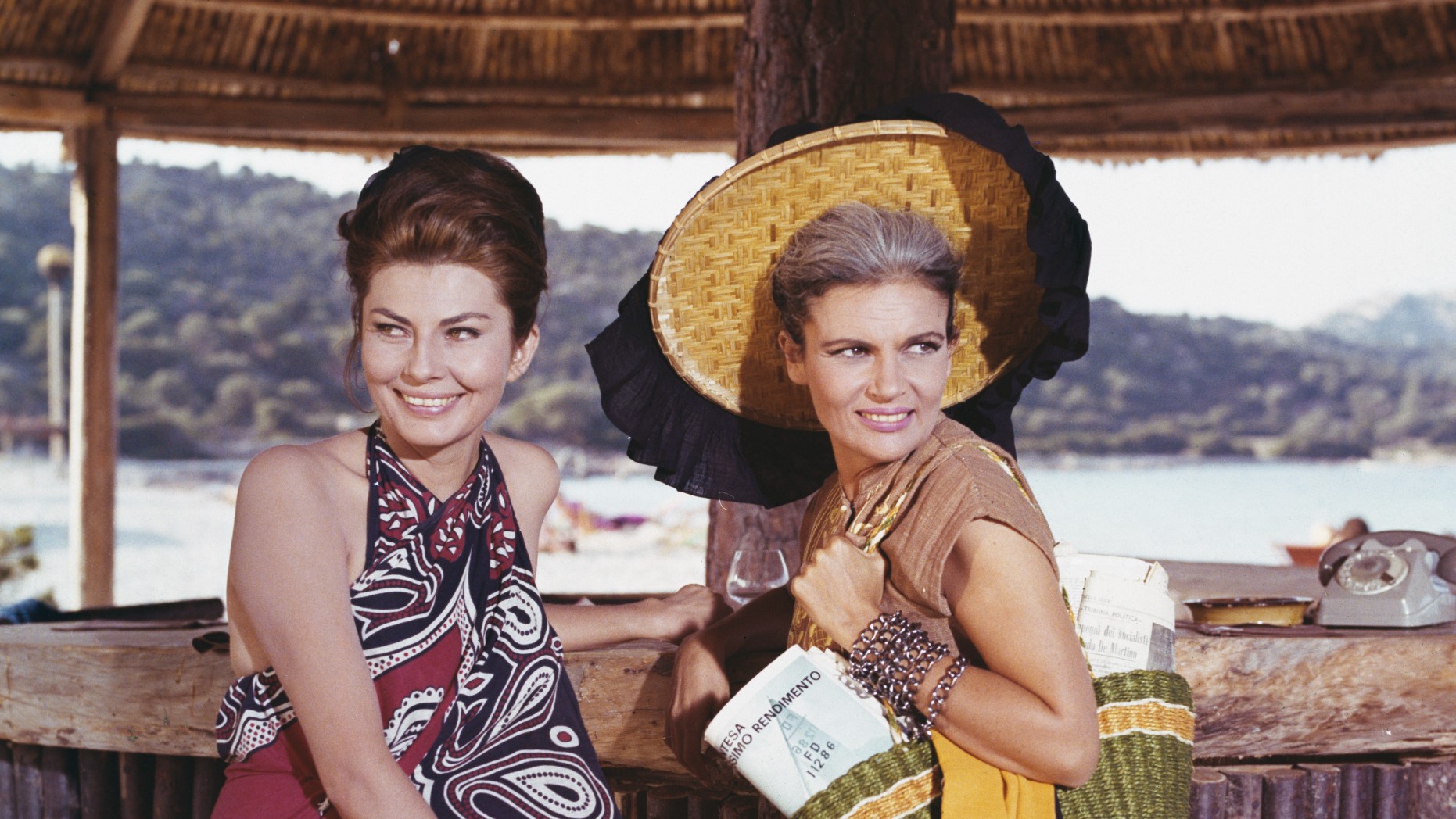
The son of Iran's former shah has told Iranians that they should overthrow the Islamic Republic's rulers, through "street protests and nationwide strikes".
As Israel hits military and nuclear sites in Iran, the regime's "apparatus of repression" is "falling apart", wrote Crown Prince Reza Pahlavi on X, and all it takes is a "nationwide uprising" to end the "nightmare once and for all".
Israel's Benjamin Netanyahu hit a similar note when he told ordinary Iranians: "I believe the day of your liberation is near." Netanyahu said the name given to his country’s military operation, "Rising Lion", was influenced by a passage in the biblical book of Numbers, which reads: "Behold, the people shall rise up as a great lion, and lift up himself as a young lion."
The Week
Escape your echo chamber. Get the facts behind the news, plus analysis from multiple perspectives.

Sign up for The Week's Free Newsletters
From our morning news briefing to a weekly Good News Newsletter, get the best of The Week delivered directly to your inbox.
From our morning news briefing to a weekly Good News Newsletter, get the best of The Week delivered directly to your inbox.
This chimes with more recent history, too: there was a lion and sun figure at the centre of the flag of the Imperial State of Iran, which was overthrown and replaced by the Islamic Republic of Iran in a revolution in 1979.
What was life like before the revolution?
The Iranian revolution is regarded as one of the most important geopolitical events of the 20th century. It set the template for a new form of political Islam and ushered in a deeply conservative theocratic state that exists to this day.
But before Ayatollah Khomeini’s revolution "transformed every aspect of Iranian society", Iran was "a very different world", said International Policy Digest (IPD).
For nearly 40 years up until 1979, the country had been ruled by the pro-Western Shah Mohammad Reza Pahlavi. During his autocratic reign, "Iran's economy and educational opportunities expanded" as he "pushed the country to adopt Western-oriented secular modernisation, allowing some degree of cultural freedom", reported Business Insider.
A free daily email with the biggest news stories of the day – and the best features from TheWeek.com
During this time, women's rights were also greatly expanded. Women were "encouraged to get an education" and were allowed to mix freely with men, said IPD. They gained the right to vote in the mid-1960s and were subsequently elected into parliament. The hijab was also outlawed, and women were encouraged to dress in modern Western-style clothing, said the BBC.
However, the Shah's pro-Western liberalising agenda did not extend to his own rule. He did not allow dissent of any kind in his regime and "his increasingly authoritarian measures and his eventual dismissal of multiparty rule set the stage for the infamous revolution", said Business Insider.
What led to the revolution?
While the Shah’s reforms were welcomed by some sections of society, for many it was too much too fast.
"In his efforts to modernise, the Shah overreached," said International Policy Digest. "Younger Iranians didn't mind the hijab ban; older members of society had a much more difficult time assimilating. The oppression people felt led to the emergence of leaders who called for a return to traditional values and eventually led to the Revolution of 1979."
Ayatollah Khomeini, who had been living in exile in Paris since the early 1960s, became the personification of a growing wave of opposition to the Shah's brutal rule and lavish lifestyle. While discontent had been brewing for years, many date the beginning of the 1979 revolution to the January 1978 student protests in defence of Khomeini, after the government newspaper Ettela'at labelled him a "British agent" in an article entitled "Iran and Red and Black Colonisation".
Despite his later reactionary turn, he was able to mobilise support from a broad coalition of different sections in Iranian society – from religious conservatives in the countryside to left-wing young radicals in the cities – and perhaps most surprising, given what was to come, also a large proportion of women.
Are there parallels between 1979 and today?
Since the 1979 revolution swept away the shah and ushered in an era of strict Islamic rule, "Iran has been no stranger to protests – or to their violent suppression", said The Christian Science Monitor.
In 2022, thousands took to the streets, their outrage sparked by the death of Mahsa Amini, a 22-year-old Kurdish-Iranian woman who died in custody in September after being detained by Tehran’s morality police for allegedly not wearing her hijab properly.
Until then, protests had never "centred on women’s issues or been led by women", but now they were being "spearheaded" by "high school girls without head coverings chanting their hopes for the regime’s overthrow", said the newspaper.
"Surprised to be facing a largely female vanguard", Iran's clerical leadership, which had "overseen a wide-ranging crackdown on women's rights and civil society" was "at a loss".
David Patrikarakos, writing for Unherd, said: "In 1979, Iranians held up images of Khomeini. In 2022, they tear them down."
But "what the Iranian revolutionaries need now more than anything else is a Khomeini", he argued. "They know they want the regime gone but they have no one to hold up in its place. For a revolution to succeed, it’s not enough to be against someone; you have to be for someone else. It’s not enough that Khamenei loses. Someone else must win."
After Netanyahu called on Iranians to overthrow the regime, Martin Kettle warned in The Guardian this week that there's "no lever that can be easily pulled, no button that can be pressed", to instantly replace "lasting tyranny with lasting happiness".
-
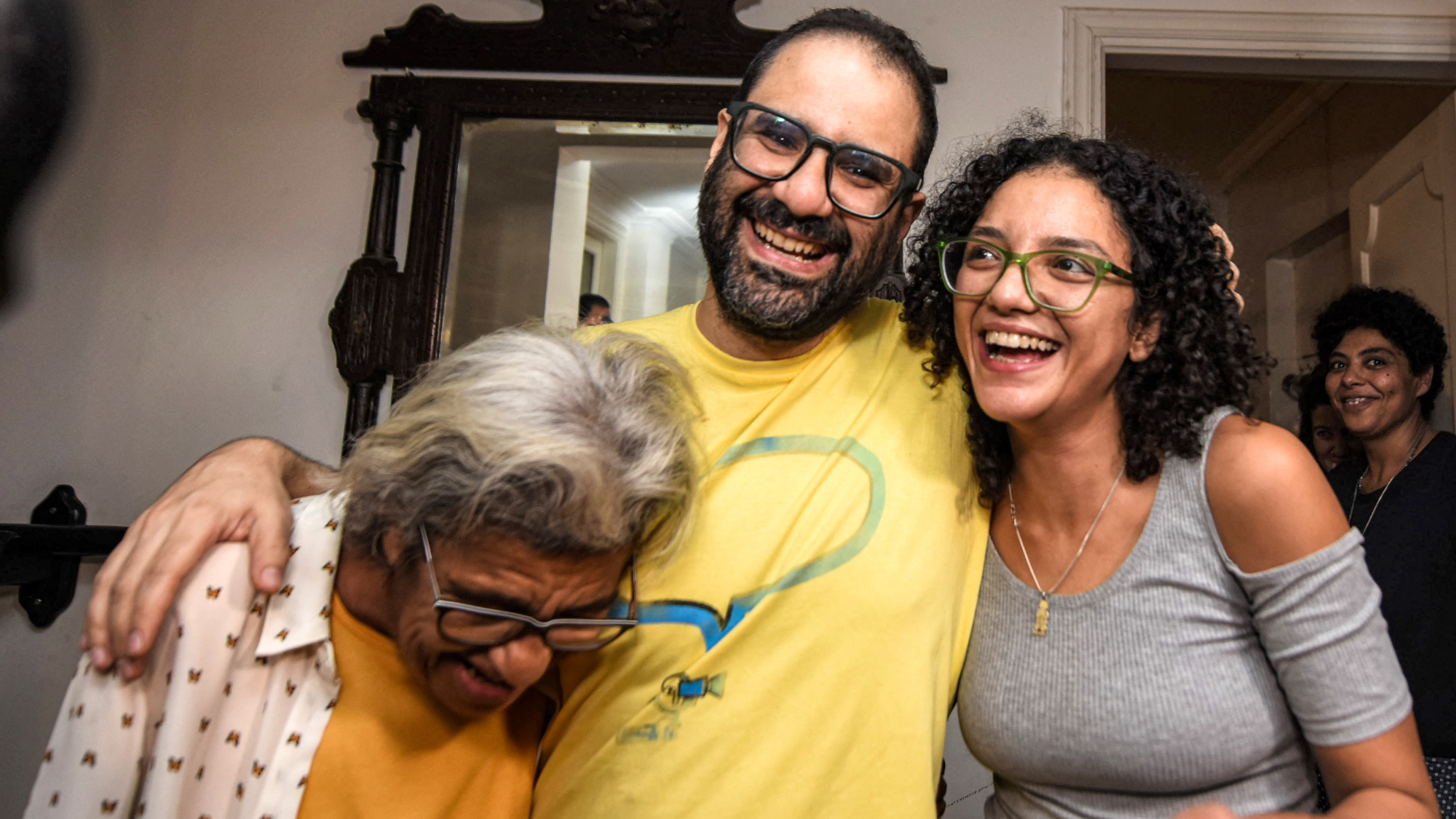 Alaa Abd el-Fattah: should Egyptian dissident be stripped of UK citizenship?
Alaa Abd el-Fattah: should Egyptian dissident be stripped of UK citizenship?Today's Big Question Resurfaced social media posts appear to show the democracy activist calling for the killing of Zionists and police
-
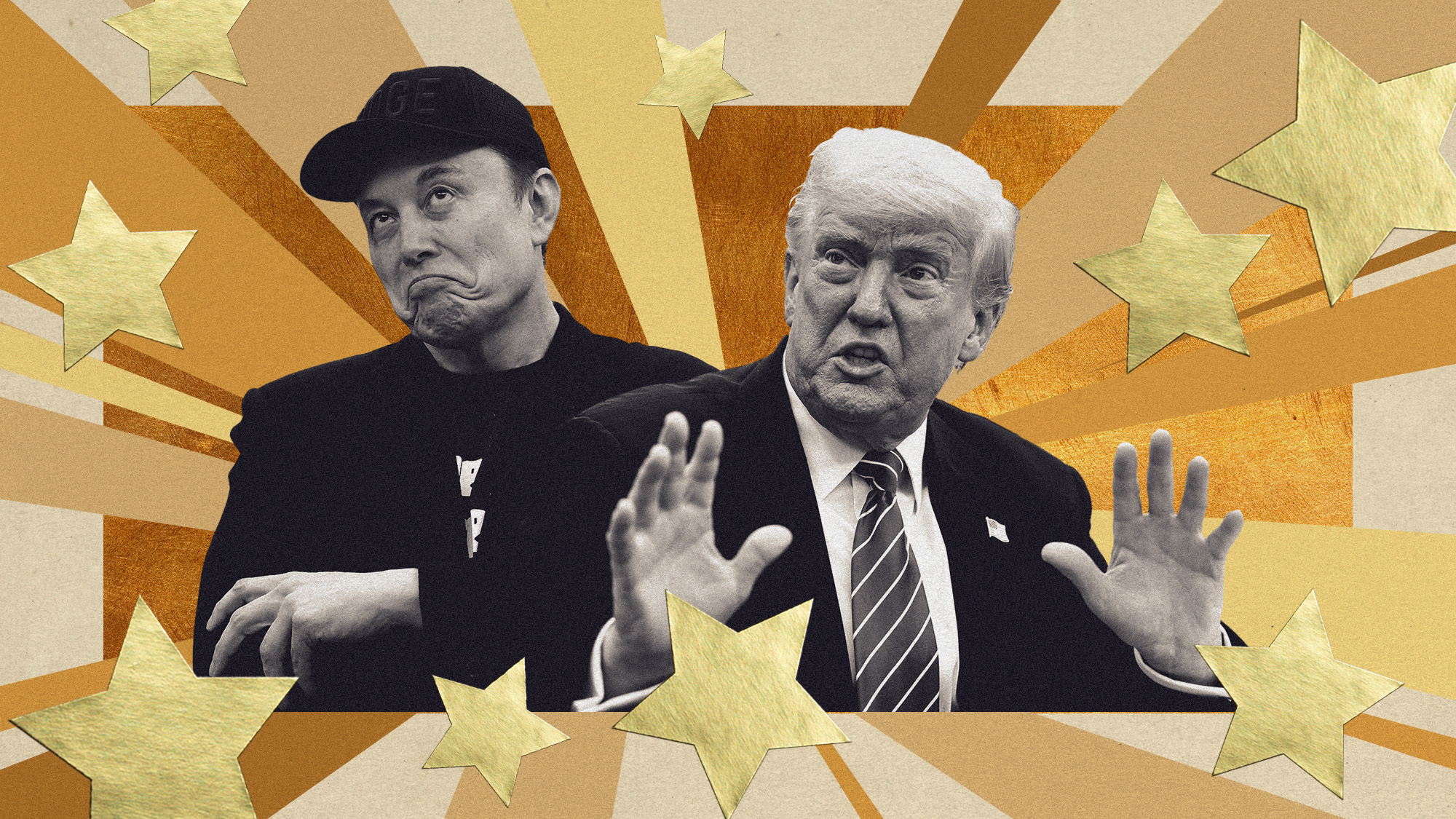 Biggest political break-ups and make-ups of 2025
Biggest political break-ups and make-ups of 2025The Explainer From Trump and Musk to the UK and the EU, Christmas wouldn’t be Christmas without a round-up of the year’s relationship drama
-
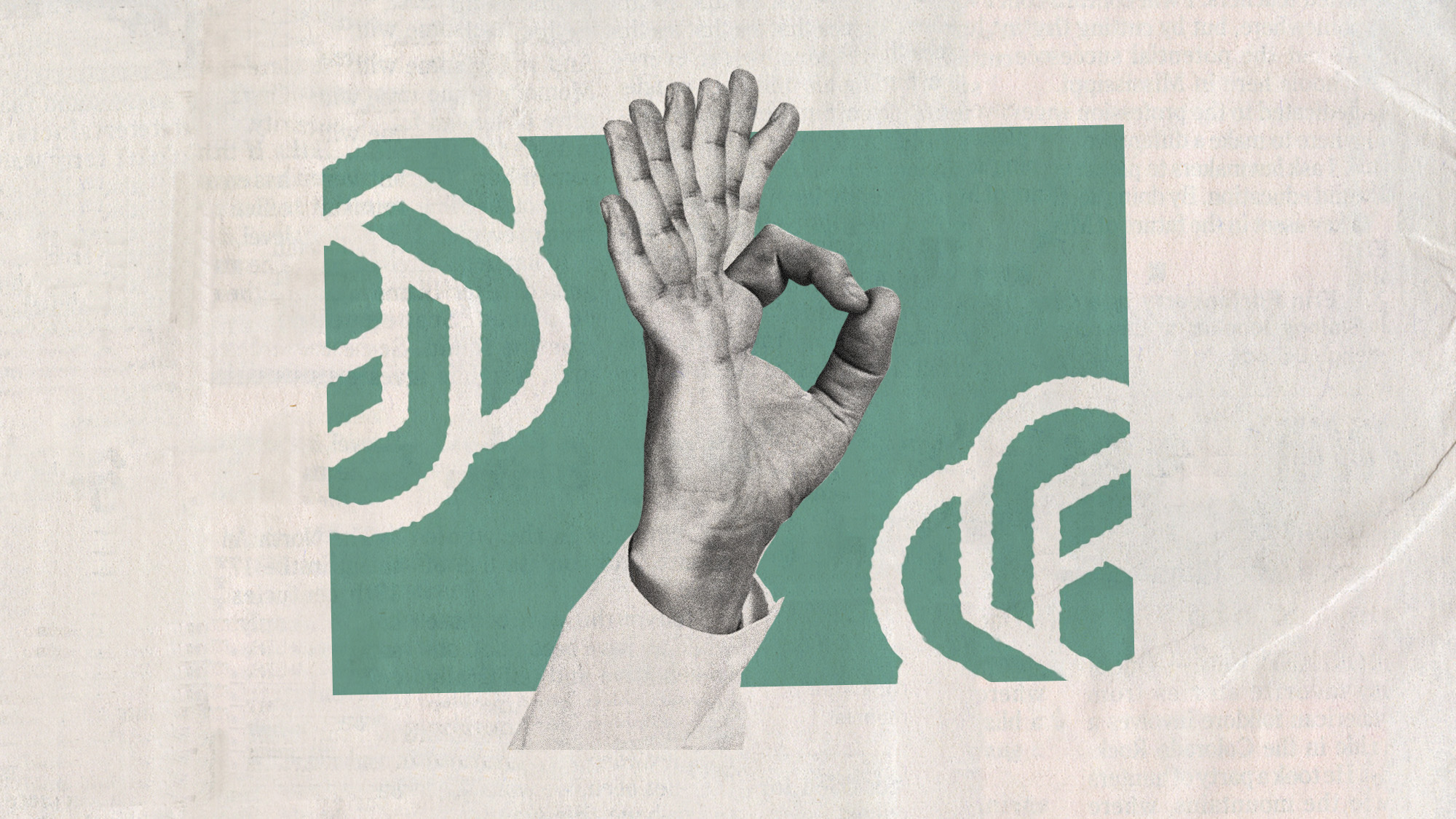 Why 2025 was a pivotal year for AI
Why 2025 was a pivotal year for AITalking Point The ‘hype’ and ‘hopes’ around artificial intelligence are ‘like nothing the world has seen before’
-
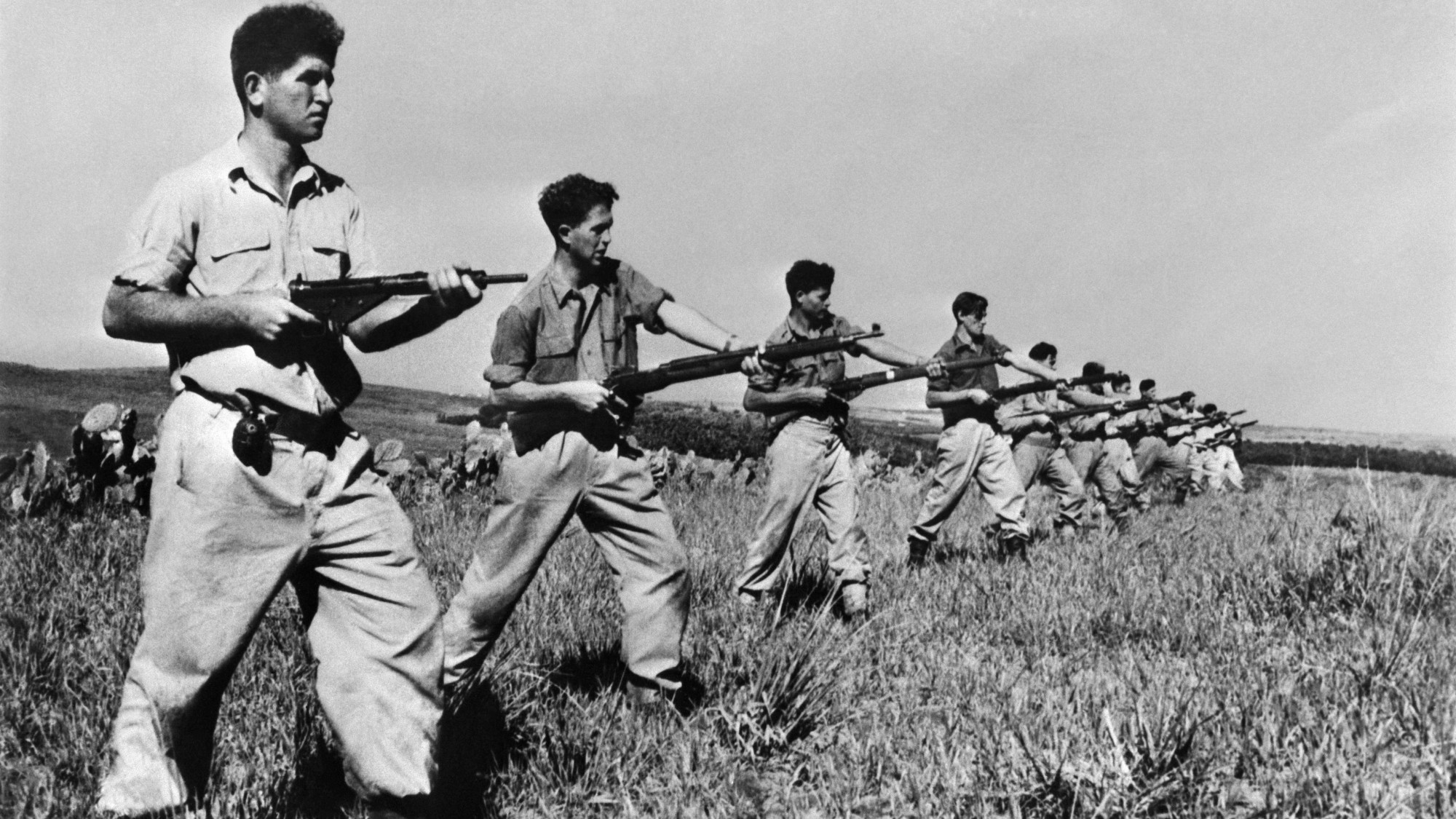 The origins of the IDF
The origins of the IDFIn Depth The IDF was formed by uniting Zionist paramilitary groups, WWII veterans and Holocaust survivors
-
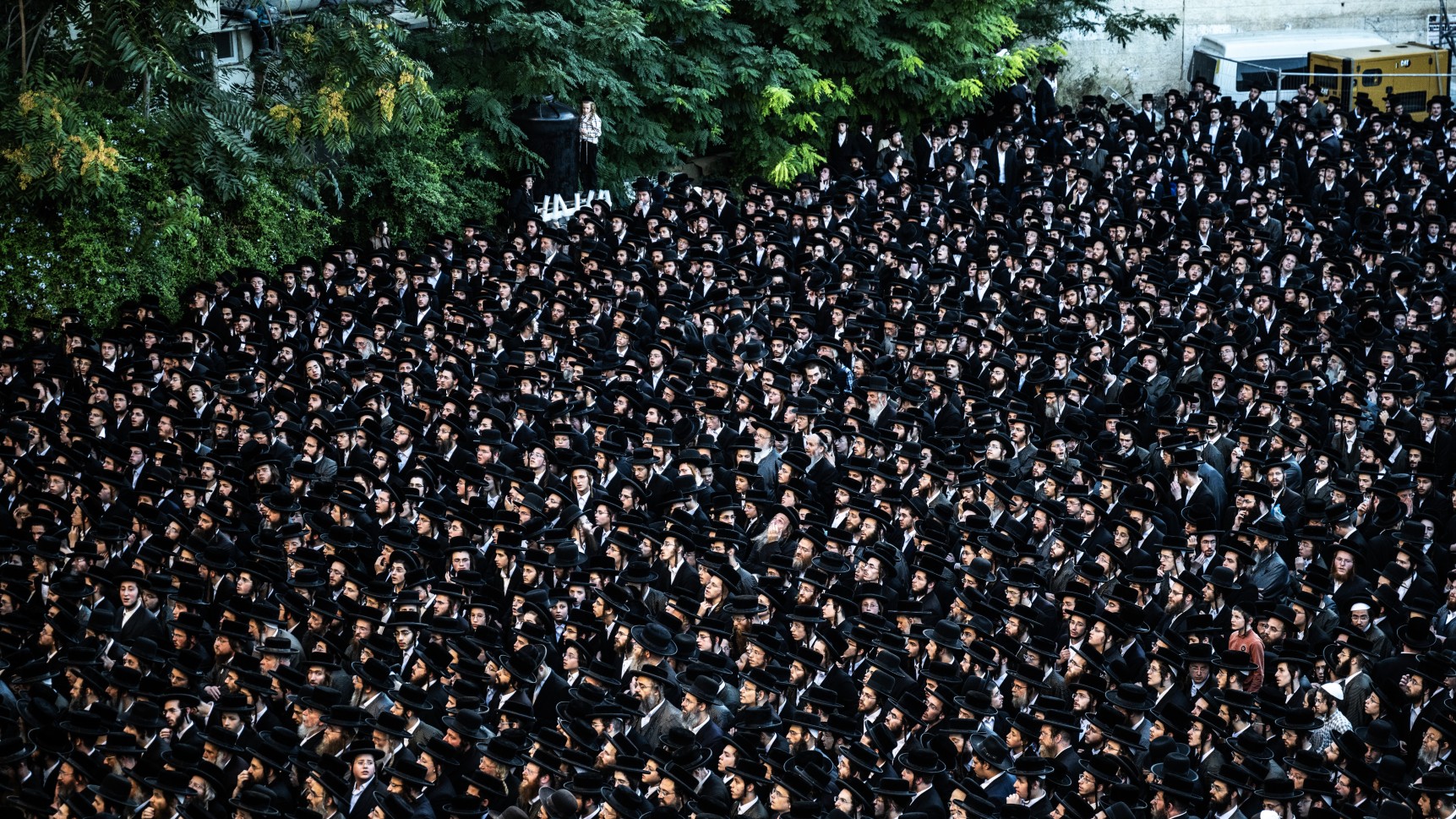 Haredim: Israel's ultra-Orthodox Jews now facing conscription
Haredim: Israel's ultra-Orthodox Jews now facing conscriptionThe Explainer Religious community pays few taxes, receives vast subsidies and has avoided military service, provoking ire of wider society
-
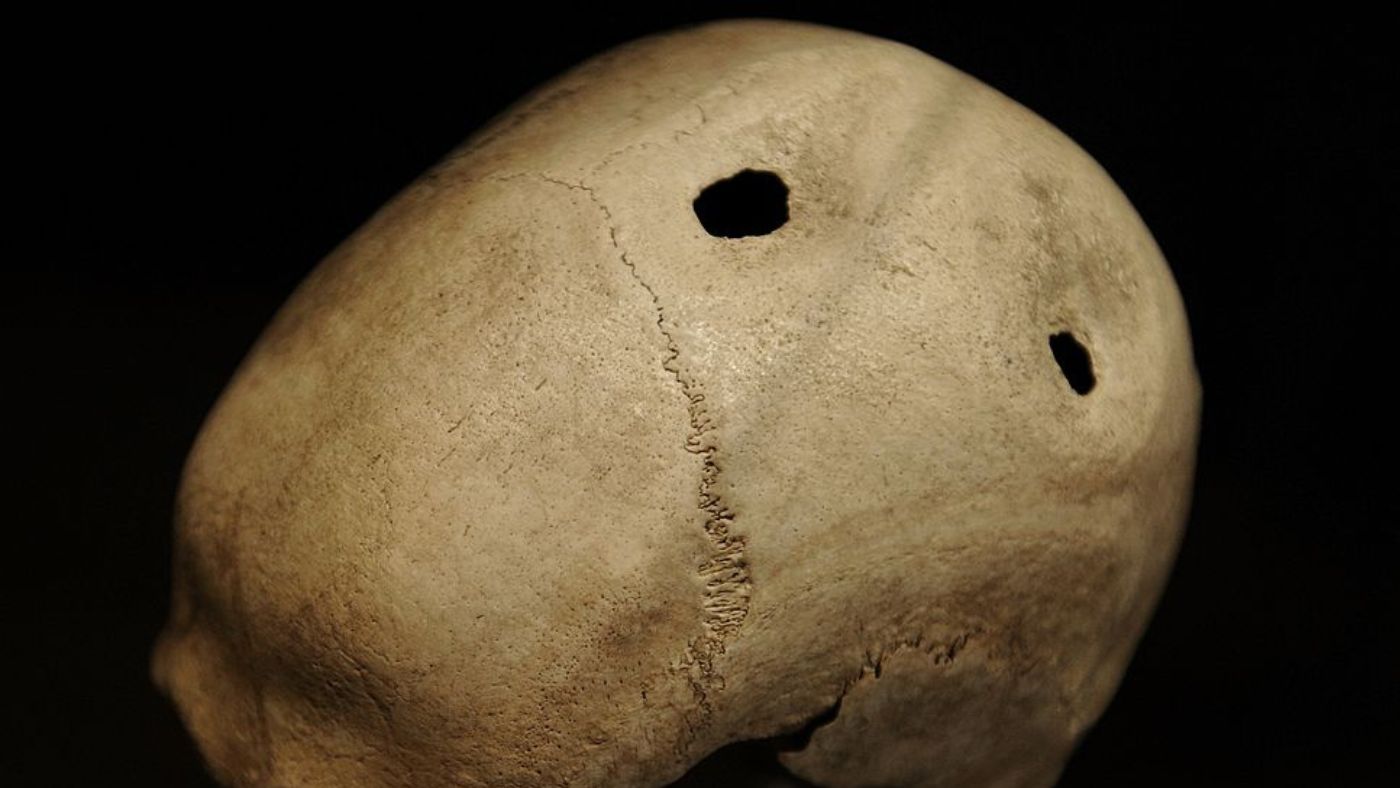 Rare brain surgery performed 3,500 years ago
Rare brain surgery performed 3,500 years agoSpeed Read Archaeologists discover punctured skull dating back to 1500BC below floor of Israel home
-
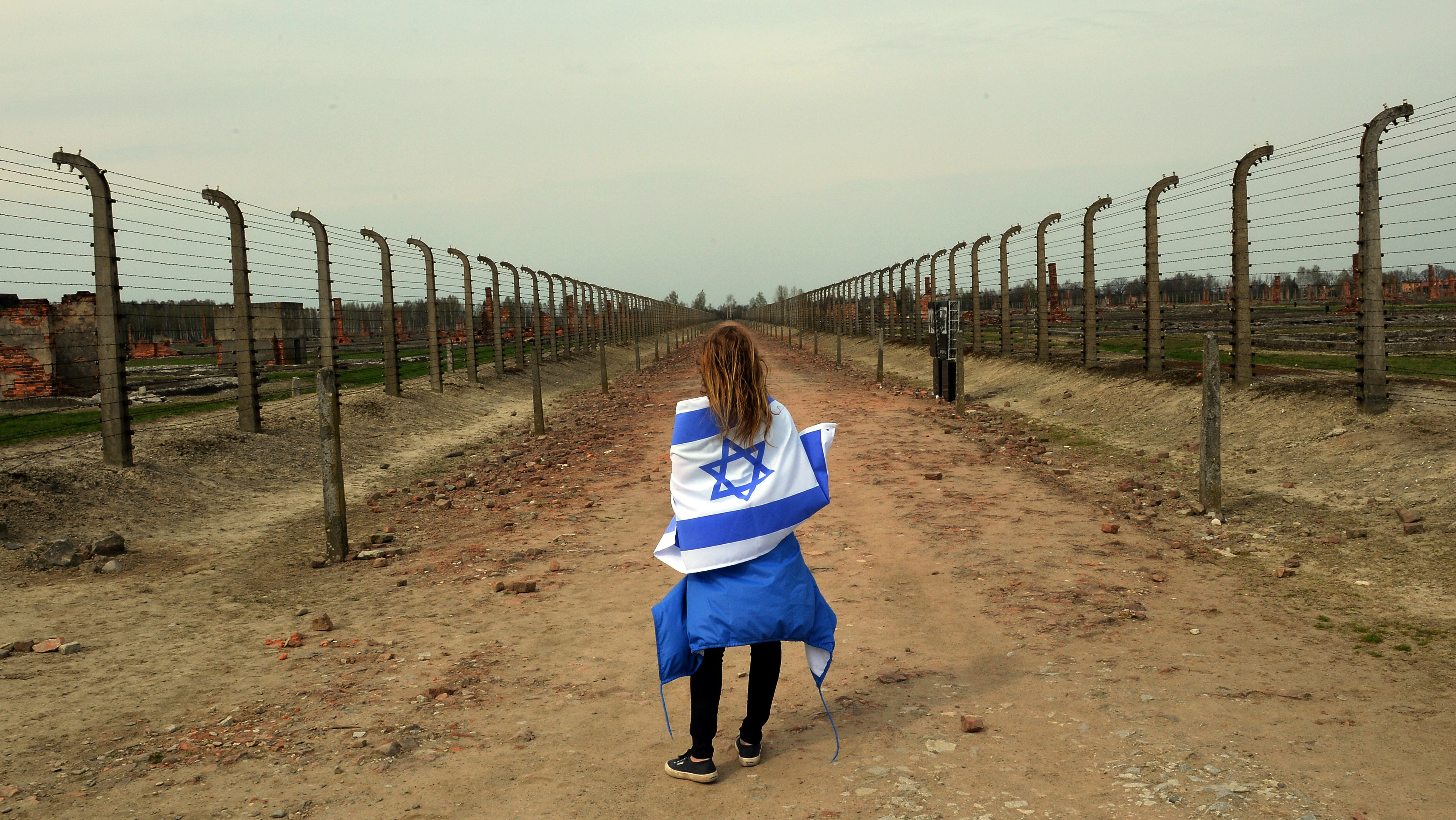 What is Zionism?
What is Zionism?In Depth The controversial religious and political movement re-established Israel as the central location for Jewish identity
-
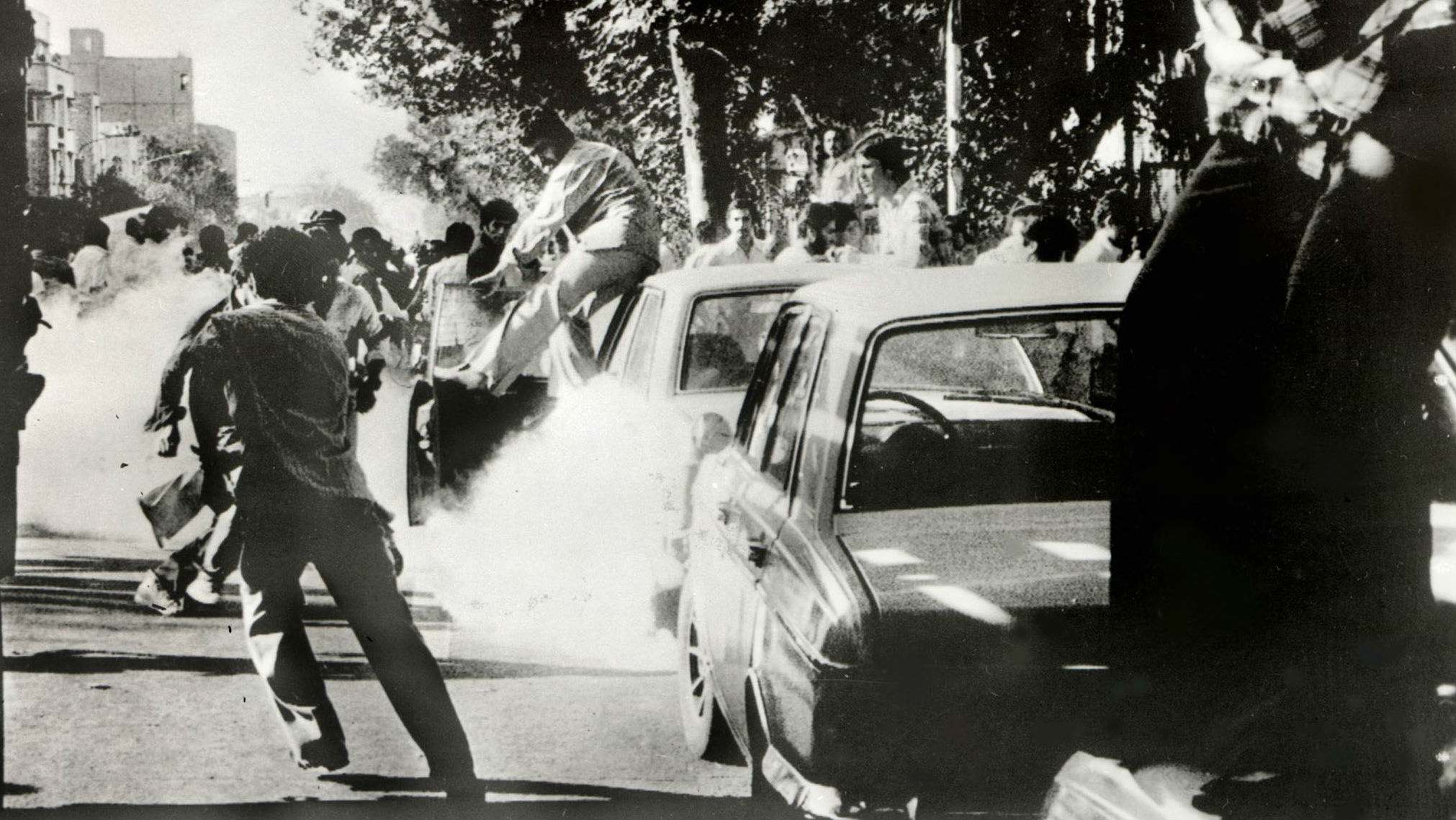 How the Iranian Revolution unfolded
How the Iranian Revolution unfoldedIn Depth The nationalism-inspired overthrow of the royal family 40 years ago sparked a major shift in Iran’s relationship with the outside world